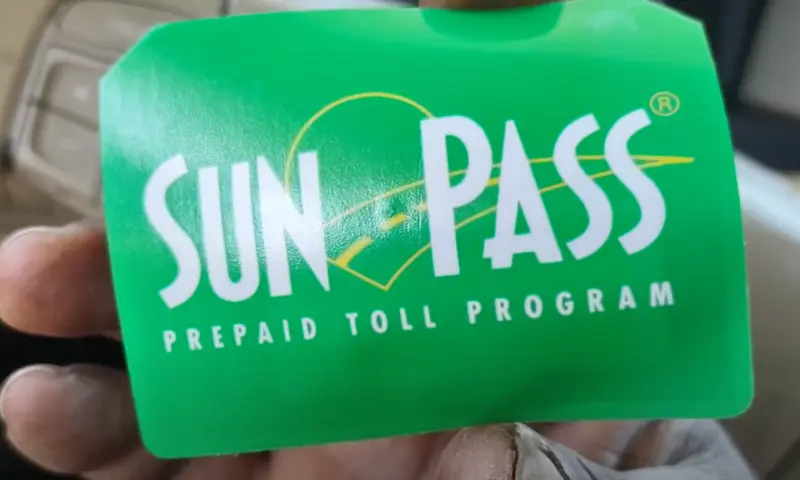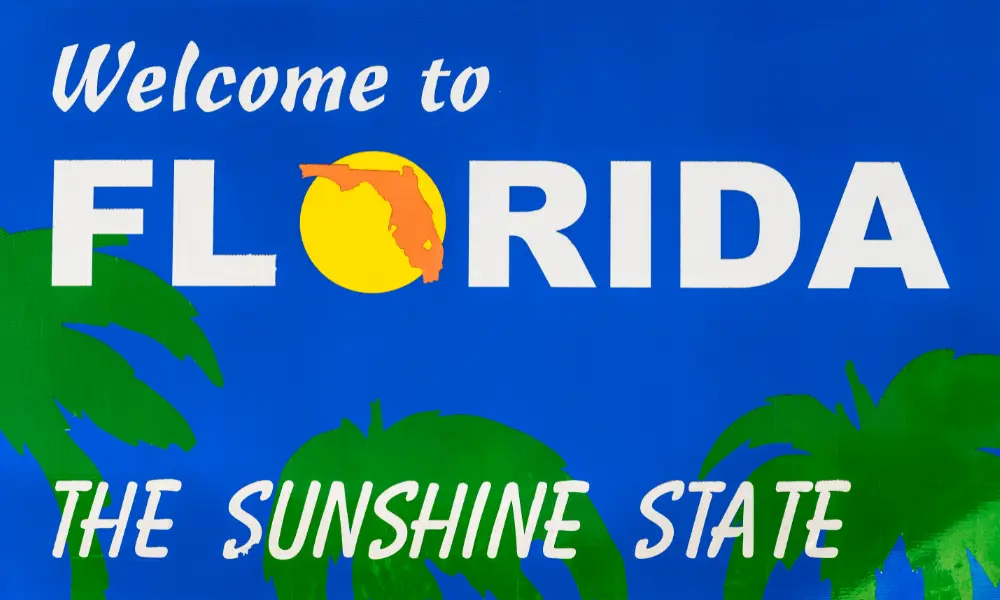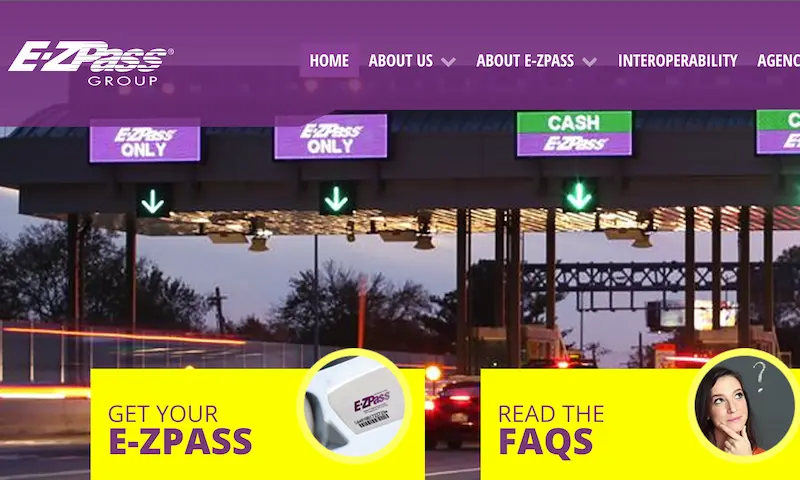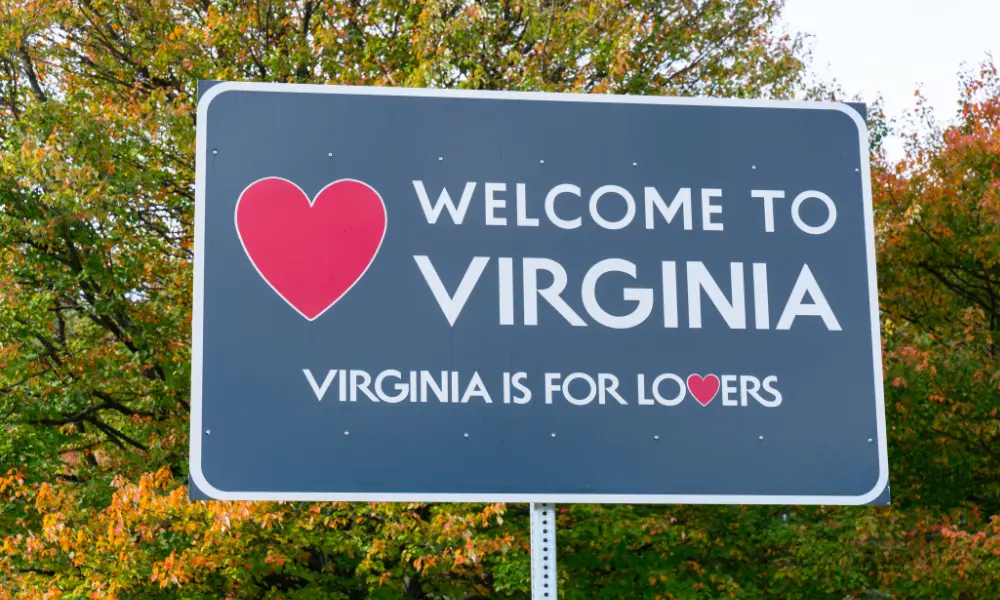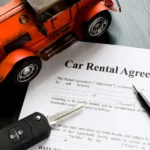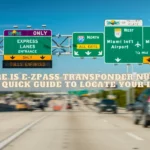Paying the toll for the iconic Golden Gate Bridge, a famous landmark that connects San Francisco to Marin County, is a straightforward process.
As you plan your drive across this Bay Area bridge, you have several convenient payment options to choose from before or after your journey.
Whether you’re a frequent commuter or a first-time visitor, managing your toll payment is simple, ensuring your trip is as enjoyable as the views from the bridge.
Understanding Golden Gate Bridge Tolls
Navigating the tolls for the Golden Gate Bridge is straightforward once you know your options. Whether you’re a frequent commuter or a visitor, understanding how to pay your toll is essential.
Toll Basics
The Golden Gate Bridge no longer accepts cash as a form of payment for tolls. As you drive towards this iconic landmark, remember that tolls are only required in the southbound direction, heading into San Francisco. Pedestrians and bicyclists can cross without any charges.
Toll Payment Methods
You have several options to cover your Golden Gate Bridge toll:
- FasTrak: Save money on every toll with convenient payment options.
- License Plate Account: Automatically pays tolls via your vehicle’s license plate.
- One-Time Payment: Ideal for infrequent visitors and can be made before or within 48 hours after crossing.
- Toll Invoice: If you cross without a payment method, an invoice will be mailed to the registered owner of the vehicle.
FasTrak Account and Benefits
FasTrak is the most popular way to pay your toll on the Golden Gate Bridge. It’s easy to use: simply attach a small electronic device to your vehicle’s windshield, and the toll is automatically deducted from your account. By using FasTrak, you’ll also enjoy a discount on every toll you pay.
License Plate Account
A License Plate Account is an alternative to FasTrak. It links directly to your vehicle’s license plate and is designed for drivers who prefer to have tolls automatically billed to their account. This is an ideal choice if you prefer not to manage a prepaid balance.
How to Pay the Golden Gate Bridge Toll
You have several options to pay the Golden Gate Bridge toll, including online, by phone, in person, or through mail. No matter which method you choose, prompt payment is essential to avoid extra charges.
Online Payments
To make a one-time payment or manage your toll fees online, it’s straightforward using the bridge’s official payment system. Credit card, cash, check, and money order are accepted. For added convenience, you can set up payment for a future crossing too.
Phone Payments
If you prefer to pay by phone, simply call the toll payment line with your credit card handy. An invoice number or your license plate information will also be required to pay tolls.
In-Person Payments
You may want to handle your payment in person using cash, check, or money order. Payment locations are available where you can pay directly, ensuring your toll is settled.
Mail Payments
For those who opt for traditional mail, send your payment using a check or money order to the specified address. Don’t forget to include the invoice number so your payment is processed correctly.
Special Payment Situations
When crossing the Golden Gate Bridge, there are certain scenarios where the payment process varies. This section will guide you through the special payment methods for rental vehicles and discounted rates available for carpools, motorcycles, and clean air vehicles.
Rental Vehicles
If you’re using a rental vehicle, you should ask the rental company about their toll payment policies. Some companies offer to bill you later for tolls. However, you may also opt for a One-Time Payment Account, which allows you to pay your Golden Gate Bridge toll online. Remember, you have a 48-hour window to pay the toll after crossing the bridge.
Carpools, Motorcycles, and Clean Air Vehicles
Carpools, motorcycles, and vehicles with Clean Air Vehicle (CAV) decals may qualify for reduced toll rates, known as the carpool rate.
- Carpools must meet specific requirements, typically involving a minimum number of passengers.
- Motorcycles are often charged at a lower rate than other vehicles.
- CAVs must have the appropriate decals to be eligible.
All these vehicles must use the designated carpool lanes and pay the toll during the eligible hours to take advantage of the discounted rate.
Avoiding and Handling Violations
Navigating toll payments on the Golden Gate Bridge is straightforward, but it’s vital to understand how to avoid violation notices and handle them if you receive one. Timely payments and knowing your options can save you from incurring additional penalties.
Violation Notices and Penalties
If you cross the Golden Gate Bridge without paying the toll, you’ll receive a violation notice. This notice is typically mailed to the registered owner of the vehicle. The notice will include the toll amount plus additional penalties.
Initially, the penalty is set at a specific amount, but if the toll and penalty are not paid within the time frame specified in the notice, additional late fees may be added, increasing the total amount you owe.
To avoid violations and penalties, be sure to:
- Pay the toll within 48 hours after crossing using options like license plate account, one-time payment, or FasTrak.
- Set up a payment for toll crossings you plan to make within the next 30 days.
Dispute a Toll Violation
If you believe you received a toll violation notice in error or there were extenuating circumstances, you have the right to dispute the notice. You must typically do this in writing within the period specified on the violation notice, which is usually within 21 days from the notice date.
Here’s what you need to do:
- Review your violation notice thoroughly.
- Write a dispute letter explaining why you believe the violation is invalid.
- Provide any evidence that supports your case, such as toll receipts.
- Send your dispute to the address provided on the violation notice.
Keep in mind that disputing a violation is time-sensitive, so take action quickly to present the best case possible. If your dispute is successful, your violation and associated penalties will be waived.
Conclusion
Paying the Golden Gate Bridge toll is straightforward, thanks to the variety of payment options available to you. Always remember, cash tolls are not collected on the bridge itself, which means you need to plan ahead.
Here’s a quick recap of your options:
- FasTrak Account: Ideal if you’ll be crossing the bridge often. It saves you $1 on each crossing and can be used in any lane.
- License Plate Account: Convenient for those without a FasTrak tag, as it bills automatically to the registered license plate.
- One-Time Payment: Perfect for infrequent visits or if you’re driving a rental. Must be paid within 48 hours of crossing.
- Toll Invoice: If you miss making a payment, an invoice will be sent to the vehicle’s registered owner.
To pay, simply visit the relevant online platform or call the toll payment line if you need assistance during the process. You have the flexibility to use credit or debit cards for payments.
Remember, you’ve got this! Just choose the best payment method for your needs and enjoy the iconic Golden Gate Bridge without any hassle.





